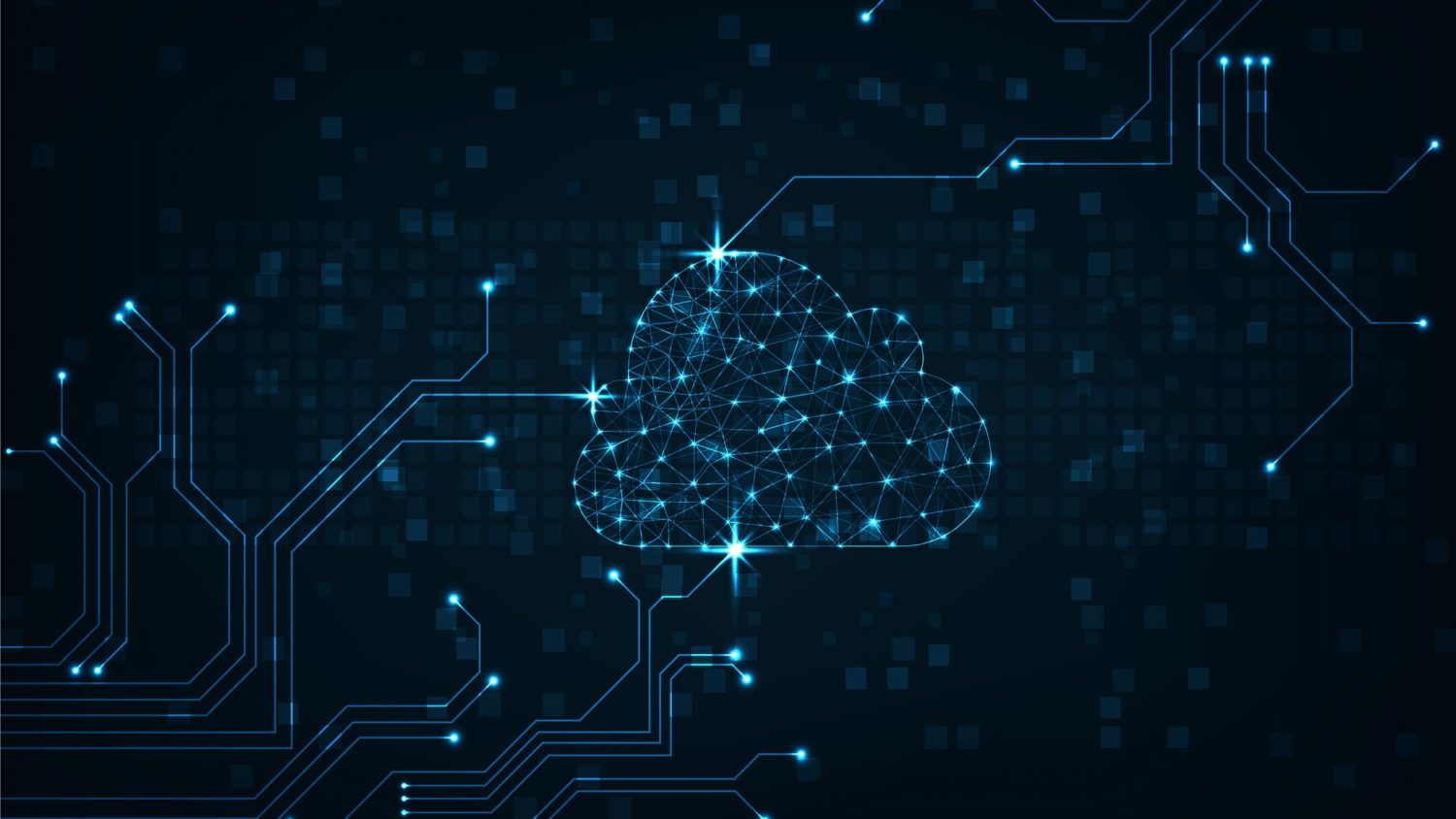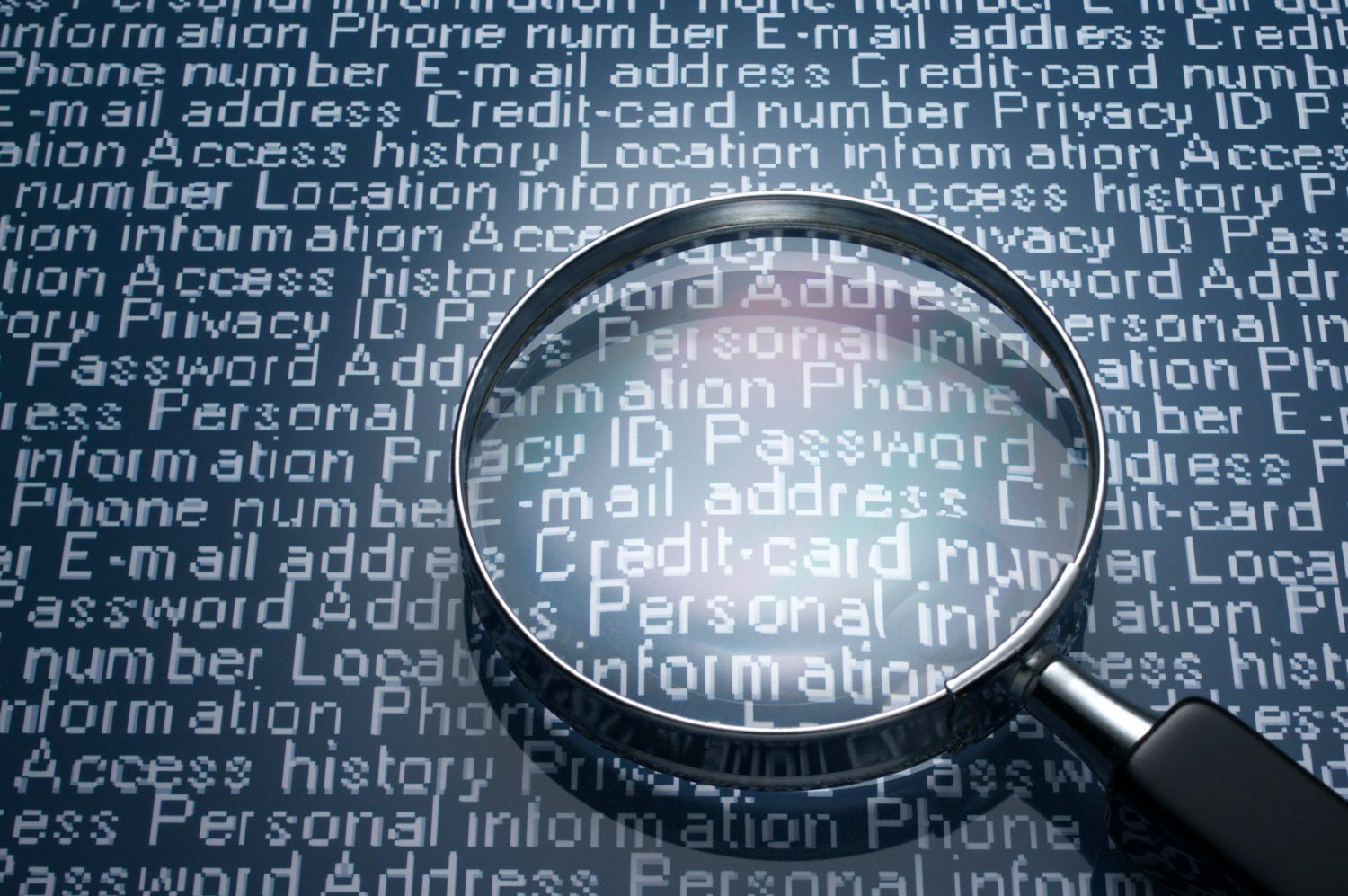July 7, 2020 by Siobhan Climer and Eric White
Until recently, many organizations – too many – treated their disaster recovery and business continuity plans as a lofty goal, a high-interest savings account on the receiving end of very few deposits.
That all changed with the outbreak of COVID-19. Between March and April 2020, thousands of businesses closed their doors and moved work to the digital sphere. Many have rushed to deploy remote environments, defend against increased security threats, and deploy and update disaster recovery and business continuity plans.

COVID-19 And Business Continuity: A “ Great Learning Opportunity”
Miloš Topić, VP and CIO at Saint Peter’s University, notes that the COVID-19 crisis, “is a great learning opportunity for us all.” His voice echoes many CIOs, present and former, in a recent IDG article.
While some, such as Peter Salvitti, CTO at Boston College, “have been fanatical regarding testing our [their] disaster recovery, business continuity plan and other response plans,” others note “the stress on the system coming from the needed expansion of capacity and capability for large scale work at home, often has required IT heroics.”

How Can Resilient Disaster Recovery Planning Prevent Future Chaos?
For all IT leaders – whether they felt prepared for the pandemic or not – Topić’s view of the “learning opportunity” offered by the recent outbreak is valid. If you haven’t already, now is the time to ask the important assessment questions:
- Did we have a solid disaster recovery plan?
- Were our assumptions about “critical systems” valid? Where were we wrong?
- What would we do differently?
- Are there adjacent critical systems or processes for which we did not account?
- How adaptable were our business units?
To answer these questions, IT leaders need to collect data – not just rely on gut feelings or overview assessments; fortunately, the sudden unexpected disruption caused by the pandemic gives IT leaders a chance to gather baseline data and optimize.
COVID-19 And Business Continuity: What’s Next?
While reflection and assessment of the disaster recovery plan is vital, most CIOs have already moved towards addressing the reality that, as Myles F. Suer writes, the COVID-19 crisis is “Groundhog Day for CIOs.”
What’s next might happen tomorrow. Or tonight. Or 10 minutes ago. The chaos and flux – potentially sick employees, lost revenue, network outages, security breaches – is constant, and CIOs have to understand how information systems adjust to these shockingly incessant transformations.
According to the Federal Emergency Management Agency (FEMA), “roughly 40% to 60% of small businesses never reopen their doors following a disaster.”
For businesses that have survived the unprecedented events of the last four months, many struggle to predict what could happen next. While using an AI-powered predictive analytics model to determine optimal processes and policies sounds enticing, few organizations have access to valid predictive modeling resources.
Most CIOs and IT leaders are reading the news, connecting with their networks, and reinventing their plans – all while gasping for breath.

What Can CIOs Do To Remain Proactive?
The task is daunting, yet CIOs and IT leaders across the country are rising to the challenge.
Network And Connect
Are you a CIO in HigherEd? Healthcare? Find your kin and band together. The insights you each gather can help formulate proactive planning.

Secure Your Network – Wherever It Goes
The rapid deployment of work from home opened up many businesses to enormous security vulnerabilities. Improve your cybersecurity implementation – from access management to training – and reduce the risk a crisis can bring to your organization.
Train Users Now
How did Day 1 kickoff? How informed were users in implementing the business continuity plan? Invest now in a broader training capability to reduce the challenges displayed during this crisis.
Staff Helpdesk
Improved training and mastery of collaboration tools will reduce tech challenges, but not eliminate them. Consider how users reacted and utilized your helpdesk and modify as needed. In some cases, pulling in a managed services partner to address these needs might be valuable.

Optimize Work From Home
It’s here and it’s not going away. Even if your organization is rushing to move back on-site, the reality is that most users will expect flexibility moving forward. Invest and train EVERYONE in how to use your collaboration tools. Ensure WFH workspaces include ergonomic furniture, second monitors, audio isolation, and – of course – a good internet connection.
Eliminate Single Points Of Failure
Identify the bottlenecks and single points of failure. Are there any systems where only one staff member has access? Focus on redundancy to reduce the impact of a future crisis.
Focus On Strategic Planning
One risk in a crisis is you get stuck reacting and are unable to prepare for the future. The world keeps spinning and people will generally continue to rely on your organization for its services or solutions. Move beyond survival and embrace growth.
Like what you read?
See what we can do for you. Contact us today.
About Mindsight
Mindsight is industry recognized for delivering secure IT solutions and thought leadership that address your infrastructure and communications needs. Our engineers are expert level only – and they’re known as the most respected and valued engineering team based in Chicago, serving emerging to enterprise organizations around the globe. That’s why clients trust Mindsight as an extension of their IT team.
Visit us at http://www.gomindsight.com.
About The Authors
Eric White is Chief Technology Officer and VP of Consulting Services at Mindsight. With over ten years of experience in information technology and leadership, Eric excels at implementing network and data center technologies, designing high-yield solutions for the business. Holding professional certifications from Microsoft, VMware, and EMC, as well as the Cisco CCNP, Eric is an expert at solving business realities with a client-centric focus that delivers.
Siobhan Climer writes about technology trends in education, healthcare, and business. With over a decade of experience communicating complex concepts around everything from cybersecurity to neuroscience, Siobhan is an expert at breaking down technical and scientific principles so that everyone takes away valuable insights. When she’s not writing tech, she’s reading and writing fantasy, hiking, and exploring the world with her twin daughters. Find her on twitter @techtalksio.







